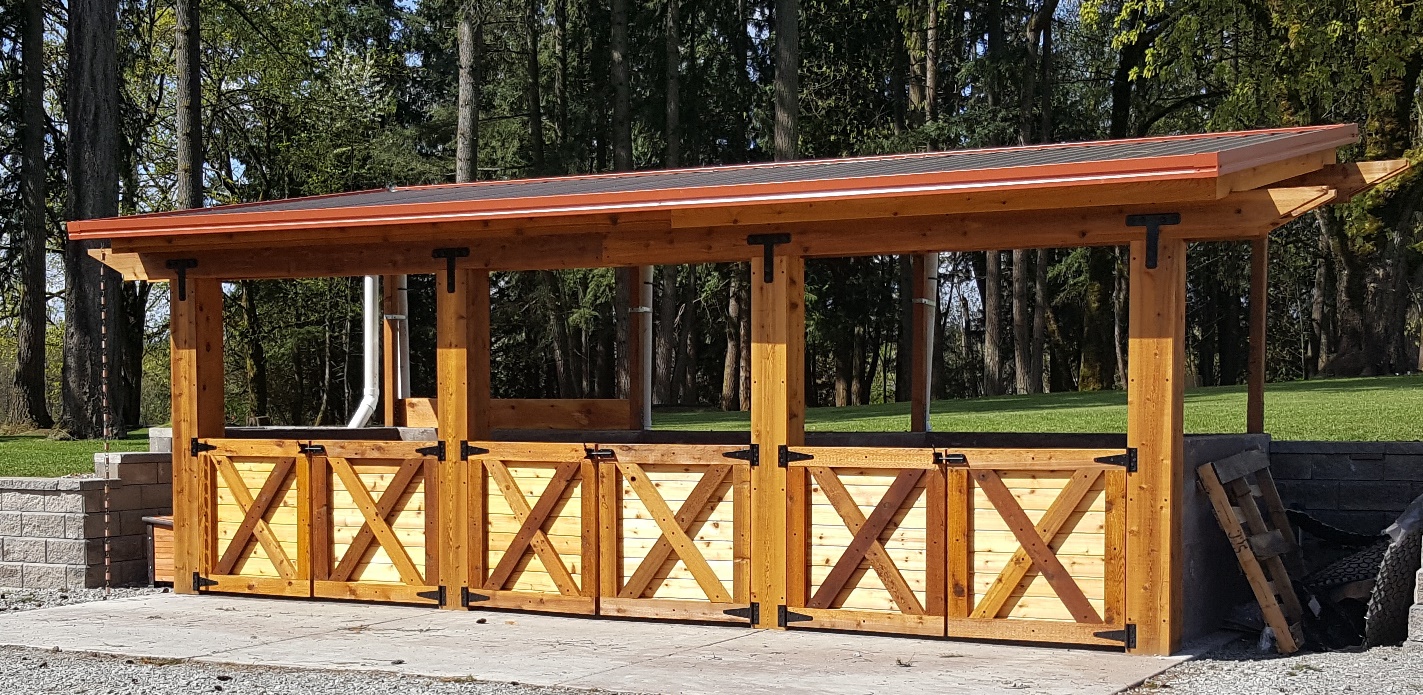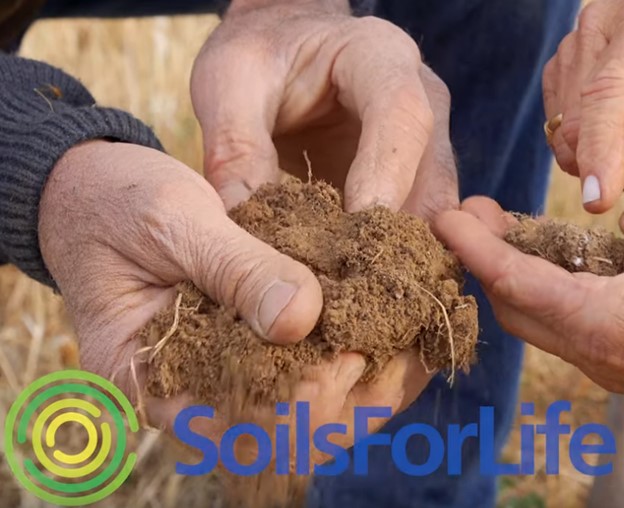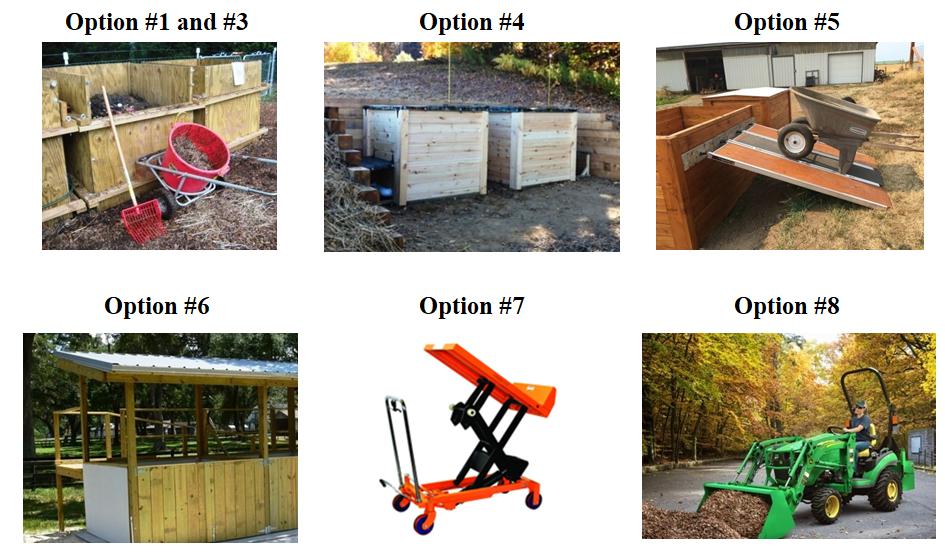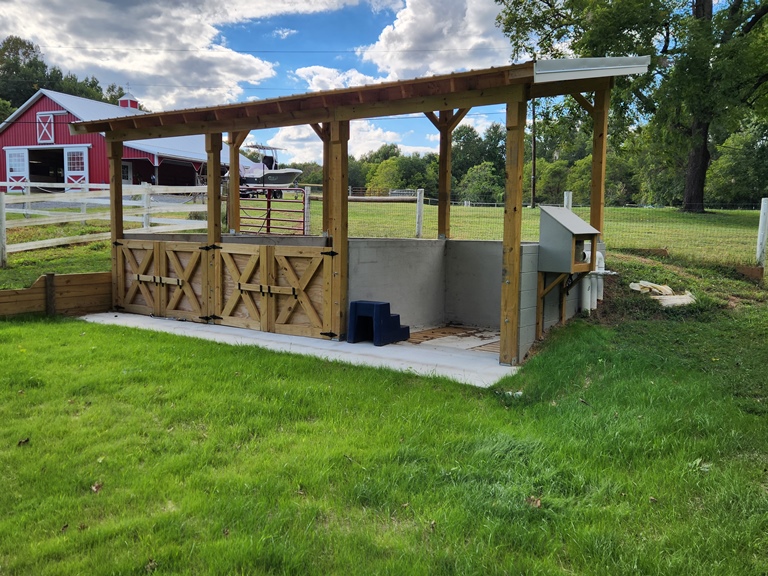| Aerated Compost Systems |
March 2023 Newsletter
The "KISS" PrincipleKeeping it Simple and Systematic - Part 1 With smaller O2Compost systems, like the one shown above, it's relatively easy to follow the "KISS" principle. Using a horse farm as an example, you would typically do the following:
Read the full article on our Blog. Composting 101RULE 12- Keep It Simple and Systematic (KISS) Rule 12 is derived from Occam's Razor which states: "Among competing hypotheses, the one that makes the fewest assumptions should be selected." We all know the KISS Principal (Keep It Simple, Stupid). My version of the KISS Principle is Keep It Simple and Systematic. Keep It Simple: Most engineers say, "If it's not broken, it doesn't have enough bells and whistles." I believe that every compost system should be kept as simple as possible so that anyone can operate it with a minimal amount of training (and without formal training in microbiology). This is my bias. O2Compost systems use an electric blower that is operated by a simple cycle timer to induce airflow into the pile under positive pressure. Yes, we can incorporate a programmable logic controller that can collect and graphically display temperature date. Yes, we can operate the system using a computer that tells the blower to reverse the airflow from positive to negative aeration based on the temperature differential between the top and bottom of the pile. We can do these things, but why? It only costs more money and these features are prone to fail at the least opportune time. Keep It Systematic: As I said above, "It is important critical to make mistakes." Learning what doesn't work is even more important than figuring out what does work (see Rule 9). Composting is experiential and it is through an ongoing trial and error process that you will learn the most efficient and effective way to operate your compost system (see Rule 2). To take advantage of your successes (and failures), I recommend that you develop one or more checklists to follow so that critical elements don't get overlooked. This will enable you to produce a high-quality finished product - consistently (see Rule 11). Checklists will also help you transfer the day-to-day operations of the system to someone else so that you can use your time more productively and perhaps take an occasional well-deserved vacation. The First Corollary of Rule 12: "That which gets measured, gets done." Reference: The Checklist Manifesto by Atul Gawande, 2009 Regenerative AgricultureSoils for Life Documentary "The most precious and valuable possession on your property is the soil." This video offers valuable insight on the importance of soil health. You will hear from Australian farmers who share the steps and rehydration strategy they are using to rebuild, improve, and maintain the soil on their farms for water security, food security, stable bio systems, and a stable climate. "It's everything, how we run our farm. It starts with soil." This is worth 12 minutes of your time. O2Compost Q&A"How do I load my Micro-Bin?" ANSWER: There are at least eight ways to load your Micro-Bin. We will start with the most obvious and work our way to the most creative (and expensive).
New Benchmark System
Owner: Doug M. |
|
O2Compost Price-Moon Enterprises, Inc. PO Box 1026 Snohomish, WA 98291 

info@o2compost.com o2compost.com 360.568.8085 |





